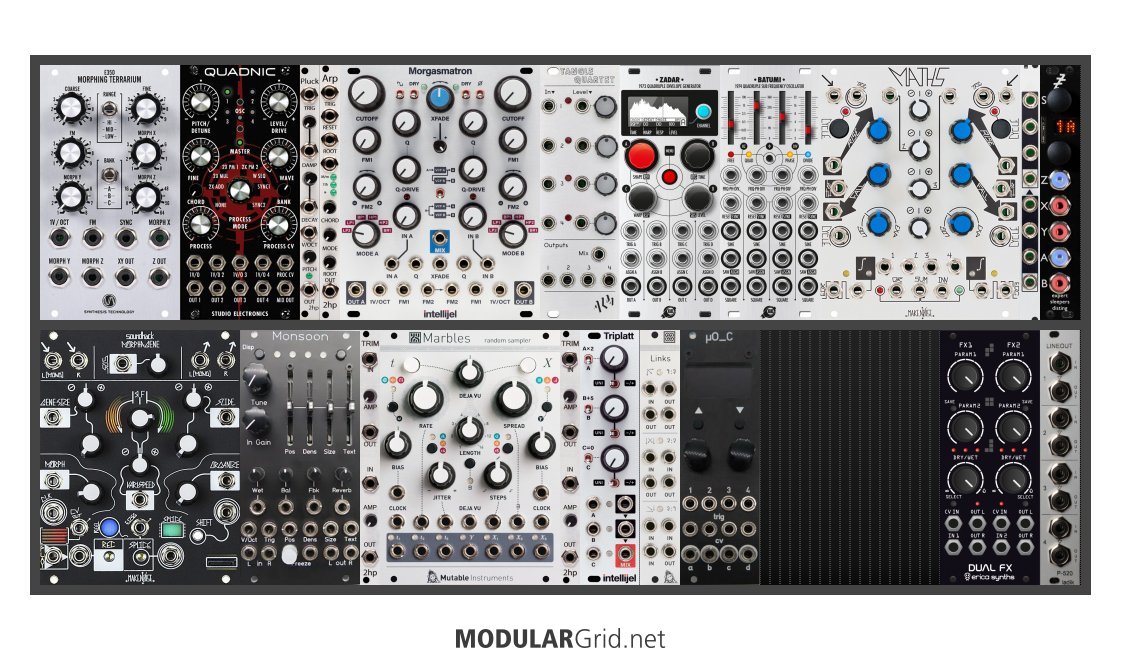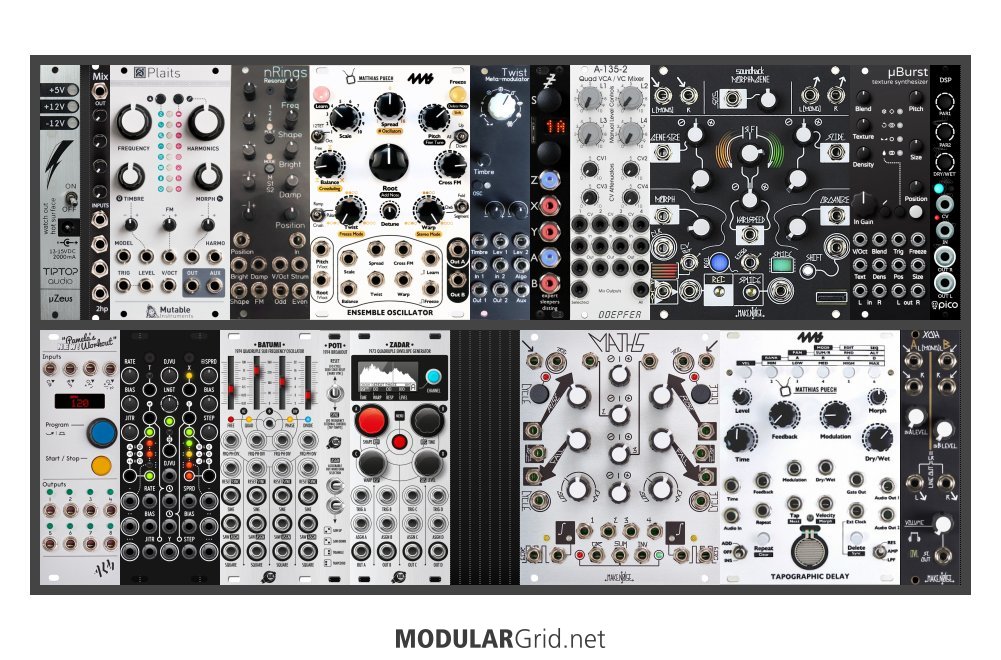I wouldn't be caught dead using a Behringer mixer, frankly. As much gear as I have, exactly ZERO percent of it is Uli's. As for the recent Yamaha stuff...eh. One line that I do know can handle these sorts of levels is Allen & Heath's ZED series mixers; these were tested out some years back by a user on Muffwiggler to be able to handle in excess of 10V peak to peak at maximum preamp attenuation. Even so...I still wouldn't do this, as all of that excess voltage has to go somewhere, and that somewhere is almost always in the form of heat. And heat shortens component life.
Another strategy, instead of mixing in the modular, would be to have several channels of level step-down in a small space. Have a look at Ladik's P-520, which offers four level converters from synth to line levels. Two of these would only occupy 8 hp, cost about $60-ish, fit easily (20mm depth) in any cab, and give you eight discrete outputs that are ready for mixer inputs without having to do anything with the input trims that might compromise sound quality or component integrity.
As for the best mixer for this...if you can source a first-gen Mackie 1202 that's in excellent shape, no abuse, that would be my choice. Sound quality is excellent and very colorless, there's no cheap FX added, the input preamps can handle big voltage swings (and this is from experience!), and they're pretty close to smashproof. A lot of the new small mixers are sort of cheaply-made, I think...but this isn't.




